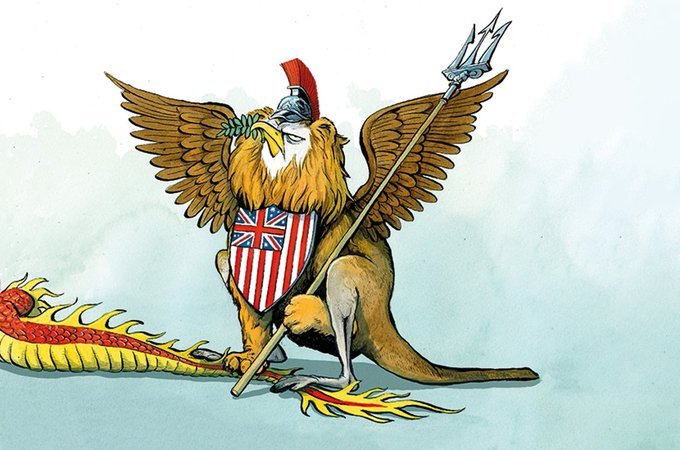No finishers for the past seven years and only 15 finishers in 35 years of Barkley Marathons.
The race, considered to be the most brutal ultra-run in the world, started today.
The Barkley Marathons is one of the most challenging races in the ultrarunning world.
Inspired by a jailbreak, race founder Gary "Lazarus Lake" Cantrell created the mysterious race, which runs in late March or early April in the Tennessee hills.
In 1977 James Earl Ray, the man who assassinated Martin Luther King Jr., escaped from Brushy Mountain State Penitentiary in the town of Petros in Morgan County, Tennessee.
A massive manhunt ensued for the escaped murderer in hills and hollers, with Ray only making it roughly eight miles in the 55 hours since he jumped the prison walls before being captured.
Cantrell said to himself, "I could do at least 100 miles," mocking Ray's low mileage.
Launched in 1986, the race is limited to only 40 participants yearly.
The field consists of runners of all abilities, from elite runners to people
Cantrell says have no business there.
If accepted into the race, you receive a letter of condolences from Cantrell.
First-timers—or "Barkley virgins," as Cantrell calls them—are also asked to bring a license plate from their state or country.
Plus, the competition starts at an unknown time, between midnight to noon on race day, with one hour till the race start signaled by blowing a conch.
Finally, the race officially begins when Cantrell lights a cigarette at the start line.
Beyond past competitors, the course is not well-known, and only that it takes place in the Cumberland Mountains within Frozen Head State Park, located in Wartburg, Tennessee.
To complete the marathon, one must run, walk, and crawl five 20-mile loops in less than 60 hours.
The elevation is one of the most notable challenges of the race.
If you complete all five loops, the total elevation gain is the equivalent of climbing Mount Everest twice.
Situated on the Cumberland Plateau, a segment of the great upland extending from western New York to central Alabama, the area is the world's most extensive hardwood-forested plateau. Rugged terrain, a moderate climate, and abundant rainfall characterize the plateau.
Carved by flowing water, the plateau is a labyrinth of rocky ridges and verdant ravines dropping steeply into gorges with waterfalls, caves, ferns, and rhododendrons.
The Cumberland Plateau remained a remote and rugged paradise for thousands of years. Barren soil and rocky terrain discouraged early settlement.
Artifacts found in caves and rock shelters suggest Mississippian and later Cherokee hunters camped here but never established permanent dwellings.
English, Scots-Irish, and German settlers staked their claims mainly in the valleys and ventured to the plateau only sporadically to mine coal and harvest timber.
John Muir was one of the first naturalists to document the natural bounty of this area. He memorialized his crossing of the Cumberland Plateau in the book A Thousand-Mile Walk to the Gulf.
Being in such hardwoods and dampness, the runners are subjected to thorns, briers, slick leaves, slippery rocks, and other unpleasantness to run through. Runners often return from a loop battered and cut up.
Plus, anyone who knows the weather that batters the region at that time of year knows it will be wet, cold, damp, miserable, and wet again.
Only 15 individuals have ever completed the race.
Mark Williams (1995)
David Horton (2001)
Blake Wood (2001)
Ted Kaiser (2003)
Mike Tilden (2004)
Jim Nelson (2004)
Brian Robinson (2008)
Andrew Thompson (2009)
Jonathan Basham (2010)
Brett Maune (2011, 2012)
John Fegyveresi (2012)
Jared Campbell (2012, 2014, 2016)
Nick Hollon (2013)
Travis Wildeboer (2013)
John Kelly (2017)
But even if one is not adventurous enough for a run in the Tennessee hills, I spotted this ditty from Seth Godin:
The solo marathon
The usual marathons, the popular ones, are done in a group.
They have a start time.
A finish line.
A way to qualify.
A route.
A crowd.
And a date announced a year in advance.
Mostly, they have excitement, energy, and peer pressure.
The other kind of marathon is one that anyone can run any day of the year. Put on your sneakers, run out the door, and come back 26 miles later. These are rare.
Much of what we do in creating a project, launching a business, or developing a career is closer to the second kind of marathon.
No wonder it's so difficult.
-Marc
ITK Daily is geopolitical business intelligence for senior executives with global ambition.
ITK Daily curates news @ the intersection of globalization, disruption, politics, culture, + sport and provides actionable insights and sharp commentary.











